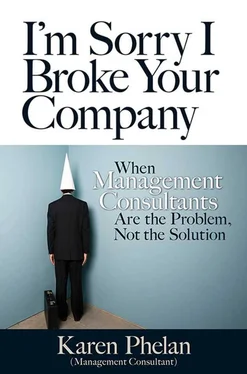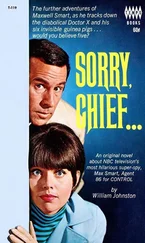Karen Phelan - I'm Sorry I broke Your Company
Здесь есть возможность читать онлайн «Karen Phelan - I'm Sorry I broke Your Company» весь текст электронной книги совершенно бесплатно (целиком полную версию без сокращений). В некоторых случаях можно слушать аудио, скачать через торрент в формате fb2 и присутствует краткое содержание. Город: San Francisco, Год выпуска: 2013, ISBN: 2013, Издательство: Berrett-Koehler Publishers, Жанр: management, popular_business, на английском языке. Описание произведения, (предисловие) а так же отзывы посетителей доступны на портале библиотеки ЛибКат.
- Название:I'm Sorry I broke Your Company
- Автор:
- Издательство:Berrett-Koehler Publishers
- Жанр:
- Год:2013
- Город:San Francisco
- ISBN:978-1-60994-740-8; 978-1-60994-741-5
- Рейтинг книги:3 / 5. Голосов: 1
-
Избранное:Добавить в избранное
- Отзывы:
-
Ваша оценка:
- 60
- 1
- 2
- 3
- 4
- 5
I'm Sorry I broke Your Company: краткое содержание, описание и аннотация
Предлагаем к чтению аннотацию, описание, краткое содержание или предисловие (зависит от того, что написал сам автор книги «I'm Sorry I broke Your Company»). Если вы не нашли необходимую информацию о книге — напишите в комментариях, мы постараемся отыскать её.
I'm Sorry I broke Your Company — читать онлайн бесплатно полную книгу (весь текст) целиком
Ниже представлен текст книги, разбитый по страницам. Система сохранения места последней прочитанной страницы, позволяет с удобством читать онлайн бесплатно книгу «I'm Sorry I broke Your Company», без необходимости каждый раз заново искать на чём Вы остановились. Поставьте закладку, и сможете в любой момент перейти на страницу, на которой закончили чтение.
Интервал:
Закладка:
Table 3 sums up my advice on when consultants can benefit your organization and when they can't.
Table 3 Reasons to hire a consultant
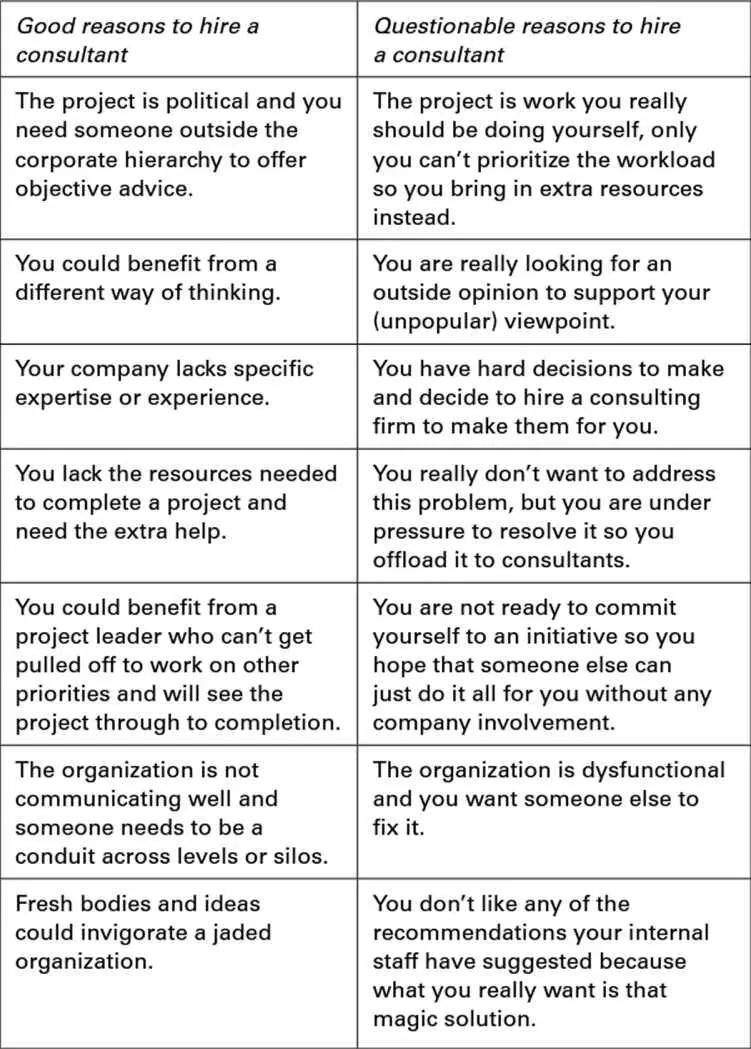
A successful consulting engagement is the result of a successful partnership. It really has to be a two-way relationship. In that respect, you need to find someone you are comfortable having a relationship with. Most of us consultants truly want to help our clients. This profession has It's share of jerks, and I don't care how smart they are — you cant have a viable relationship with a jerk. However, many of the well-meaning consultants believe in all the mumbo jumbo they've created, and that's a problem, too. I know that I used to believe in the models and methods, especially proprietary ones. When they don't work, these consultants' advice is to do it again, only harder, because a step must have been missed or not executed well. You want a consultant who will listen, investigate, analyze, and probe before offering recommendations and solutions.
Here's my advice on what to look for and what to avoid when hiring consultants:
Table 4 Advice for hiring a consultant
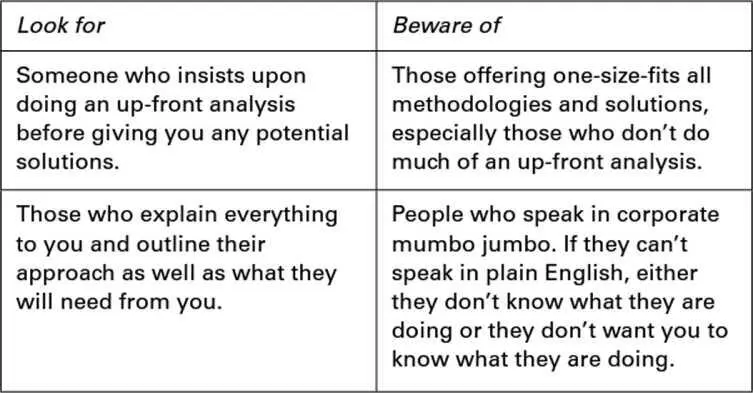
Table 4 Advice for hiring a consultant, continued
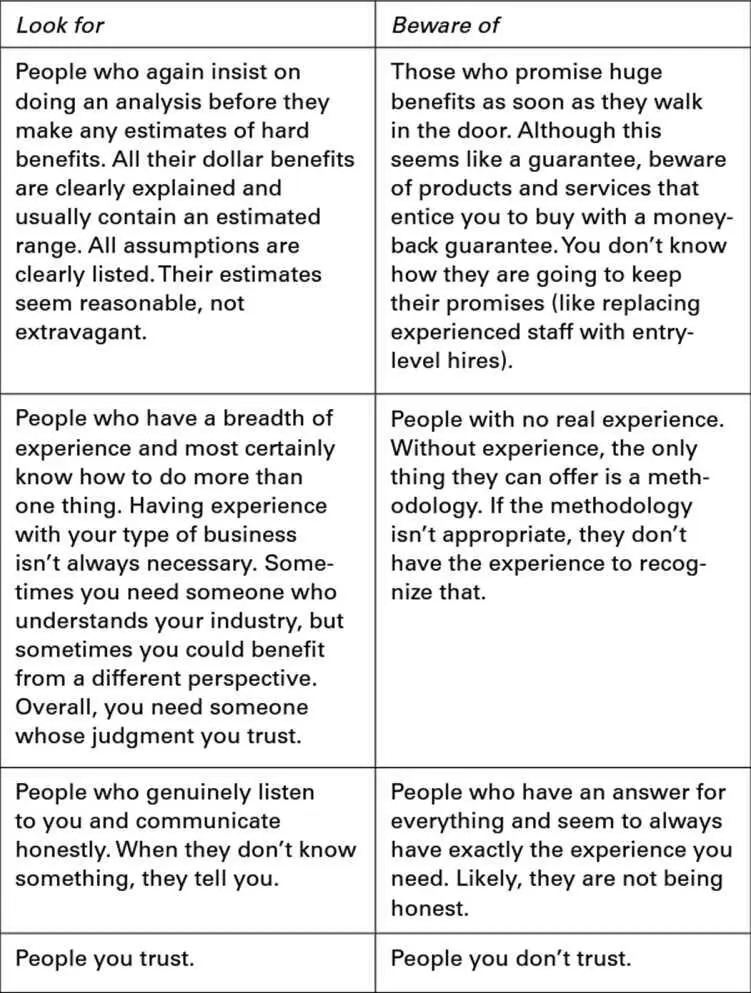
Conclusion
Several times, I've attempted to put together a list of what I have learned to create a tidy summary of the book. More than one person has asked me to do that. (If you really need the list, the chapter subheadings will do it for you.) Yet somehow I cant bring myself to do it. It's really very easy. I have an outline with all the points I wanted to make. All I have to do is «copy and paste.» To be honest, I'm a little spooked by an early critique of this manuscript. One of the questions was whether I could be deemed an expert. While I think I'm pretty smart and knowledgeable (or is that the better-than-average effect?), that «expert» word bothers me. I'm not even sure what I am an expert in (common sense?). I don't want to write a list of lessons you should follow or summarize what you should do in bullet points because I'm not sure how much I want you to follow my lessons, and I certainly don’t think you should take my recommendations at face value. I said at the beginning of the book that I don’t want to contribute to the dogma. The only lesson I want you to take away from this book is that you should think about the consequences of a method or a best practice or a business solution before you embark on it. Just because other companies are doing it doesn’t mean it’s right.
That's the whole summary of this book. Don't believe the dogma and think about the consequences of what you are doing. I know that starting from a blank sheet of paper is scary. I think it's scary, too. But as long as you have a good team of people around you, which you likely do, you'll figure it out. People make the problems, and people can solve them, too. It's that obvious.
Notes
Chapter 1
Characterization of the strategy consulting industry comes from the book by Walter Kiechel and book review by Garry Emmons of The Lords of Strategy, about the founders of the well-known strategy consulting firms.
The Boston Consulting Group had developed two famous quantitative models well before Porter's tools, the portfolio matrix model and the experience curve, which were both cash management tools. Porters book added competition to the mix and offered the generic strategies.
The information on Jack Welch comes from a variety of web pages, including GE's corporate site, Encyclopedia.com, a BusinessWeek profile, and the Economist. The number of one hundred thousand layoffs is reported widely and can be justified from an Economist article on the Jack Welch MBA in 2009: «Mr. Welch earned the sobriquet Neutron Jack by analogy with the neutron bomb, which kills people but leaves buildings intact. GE had 411,000 workers at the end of 1980, just before he took charge, and 299,000 at the end of 1985. He also introduced the practice of firing each year the worst-performing 10 % of GE's managers.»
Blue Ocean Strategy , published in 2005, is a popular book on strategy that advocates being creative about constructing new market spaces rather than fighting in an existing landscape. Red oceans are a metaphor for bloody competitive battles, while blue oceans are open areas of opportunity that are as yet unexplored. This methodology also follows the «create a big, exciting vision and then create a plan around it» process.
In 1997, Clayton Christensen published a seminal book called The Innovator's Dilemma , which brought the phrase «disruptive innovation» into the business lexicon. The thesis of the book is that in their pursuit of a better market share and higher margins, companies tend to add more features to existing products and ignore creating the new innovations that will disrupt the existing products. This is because new innovations are typically unproven or unreliable and usually enter the market at a low price with low margins and no market share.
Chapter 2
Eliyahu Goldratt’s theory of constraints was published in The Goal: A Process of Ongoing Improvement.
Information on the origins of Six Sigma was from a variety of website articles, including «The History of Six Sigma,» and «The Evolution of Six Sigma,» and from the book The Six Sigma Way. While it is undisputed that the movement started at Motorola, I have seen credit given to different engineers as the «father» of the movement, so I opted not to name names.
The origins of the fishbone diagram showing the reasons for a car not to start are not known by me. I started using that example at Gemini Consulting, and it was probably created by someone there.
Other versions of the fishbone with different categories are used for different industries and situations — for instance, using Ps (people, policies, procedures, processes, place). I chose the M (man, machine, materials, method, and milieu) version to show that even machine problems have people as their ultimate causes.
Chapter 3
The balanced scorecard article was «The Balanced Scorecard: Measures That Drive Performance» in Harvard Business Review by Robert S. Kaplan and David P. Norton. Since this article was published, they have written a few books and other articles on the balanced score-card. Their first article is also reprinted periodically as an HBR classic.
The balanced scorecard in figure 2 is an example that I created for this book. It is loosely based on a real client example, but for confidentiality reasons I didn’t want to use a real example. The same is true for the example of cascading key performance indicators in figure 3.
The first two metrics slides are from a presentation I used at Gemini. I was not the author, and I do not know who first created these.
The acronym «SMART» has many different definitions. The one I use is «specific, measurable, actionable, results-oriented, and time-bound.» Usually, the definitions of S and M are consistent, while the T is some word with time in it. However, I have seen the A be a variety of words, including «achievable,» «attainable,» «agreed-upon,» «assignable,» and «appropriate» while the R can be «relevant» or «realistic» in addition to «results-oriented.»
Читать дальшеИнтервал:
Закладка:
Похожие книги на «I'm Sorry I broke Your Company»
Представляем Вашему вниманию похожие книги на «I'm Sorry I broke Your Company» списком для выбора. Мы отобрали схожую по названию и смыслу литературу в надежде предоставить читателям больше вариантов отыскать новые, интересные, ещё непрочитанные произведения.
Обсуждение, отзывы о книге «I'm Sorry I broke Your Company» и просто собственные мнения читателей. Оставьте ваши комментарии, напишите, что Вы думаете о произведении, его смысле или главных героях. Укажите что конкретно понравилось, а что нет, и почему Вы так считаете.
